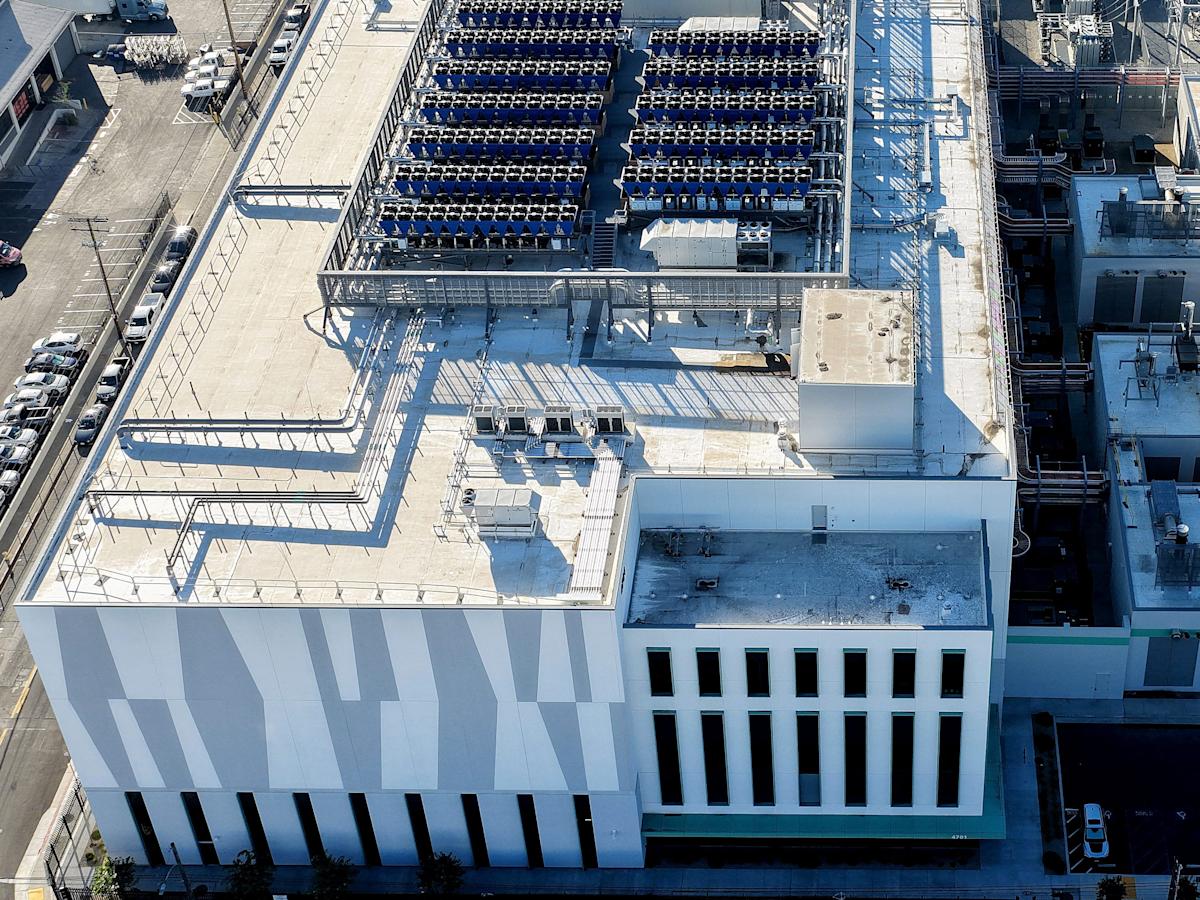Here’s JPMorgan’s ‘biggest fear’ about the fate of the AI trade
-
JPMorgan said its “biggest fear” for the AI trade was that it mirrors the telecom boom in the 90s.
-
Firms in the 90s spent big on infrastructure, similar to how tech companies are pouring billions into data centers.
-
The bank says that a similar spending spree without a clear adoption path for AI is a big risk.
Loads of debt. Investors running scared. A slew of bankruptcies.
Those are some of the things that would be a part of the worst-case scenario for the booming AI trade, analysts at JPMorgan said in a recent client note.
Analysts at the bank said that their “biggest fear” for the artificial intelligence trade was for the AI frenzy to end up a lot like dot-com boom of the late 1990s, when firms spent big on telecom and building out fiber-optic networks.
“Our biggest fear would be a repeat of the telecom and fiber buildout experiences, where the revenue curve failed to materialize at a pace that justified continued investment,” analysts wrote on Monday, adding that many weaker companies in the telecom space would go on to fail.
During the dot-com boom, a handful of “new age” companies in the telecom space incurred large amounts of debt to build fiber-optic networks. The idea was that the networks would support explosive volumes of internet traffic that were expected at the time.
But a few problems eventually emerged in the space, the bank said.
Adoption was slower than expected. It ended up taking telecom companies “far longer” than they thought to gain the money from their investments back. The cost of debt funding also rose, analysts noted.
“There were relatively large sums of money being spent without a clear understanding of how the adoption curve would play out. And it appears that is also the issue with the spending going on in AI today,” they said.
Failure of internet companies. Weak companies that boomed during the dot-com hype eventually failed. That led to “scrutiny” about the demand for fiber-optic networks, analysts wrote.
Prices began to fall. Demand for fiber-optic networks wasn’t as robust as companies thought.
Most homes at the time had copper networks and a slow connection to the internet. Among enterprise customers, internet adoption was slower than expected.
That contributed to a “glut” in fiber capacity that drove down prices, analysts said.
“While the need for data center compute power may be exponentially increasing, competition and limitations on efficiency could keep revenues from following,” they added of today’s AI trade.



Leave a Comment
Your email address will not be published. Required fields are marked *